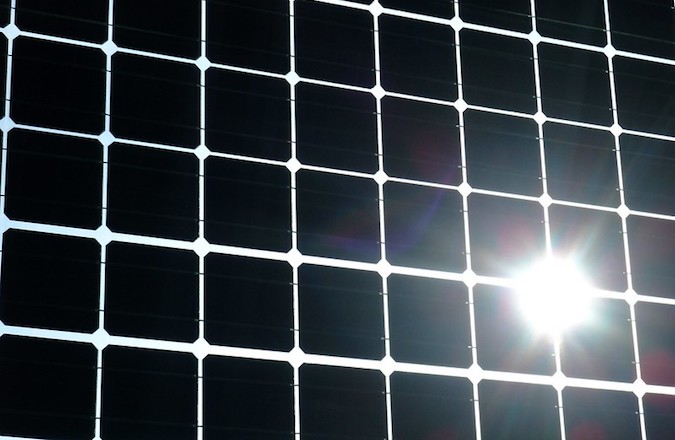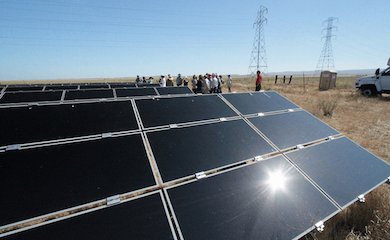Developers or communities that are seeking to build a solar farm or mount a large number of solar panels on their roof should know that such developments can generate glint and glare which might result in higher risks towards certain receptors.
Glare from solar PV panels[1]
The receptors that are usually affected by glare from solar panels are the following:
- Vehicle drivers;
- Train drivers and railway signals;
- Aviation receptors (pilots and air traffic control personnel);
- Dwelling occupants.
Roads
In cases where the development is located near a road (usually any road within 1km is considered) an assessment should be carried out to determine the impact of the glare on drivers travelling on major, national or regional roads. The location of the glare relative to a driver’s view is also relevant.
Railway
A glint and glare assessment should be carried out for developments located near a railway or a train station. The assessment will establish if the reflection will affect safety and whether mitigation will be required or not. This depends on several considerations which include:
- The type of receptor: train driver or signal;
- The location of the receptors compared to the reflective area;
- The duration of the reflection: time per day and days per year.
Aviation receptors
For developments near airports (usually airports within 10km range) a glint and glare analysis to establish the possibility of glare towards receptors and the reflection intensity will be required. Different rules apply for various receptors:
- Airports approaches: pilots approaching a runway are undertaking a sensitive manoeuvre. Glare is typically acceptable towards this type of observer if its grade of intensity is “low potential for temporary after-image”. In other cases, detailed operational analysis is necessary and mitigation may be required and it should be discussed with airports safeguarding teams.
- Air traffic control towers: any reflection towards the air traffic control tower, regardless of its intensity, must be considered in detail and discussed with the safeguarding team to determine if it can pose a real threat to operations.
Dwellings
With regard to dwelling occupants, any glare will not result in hazard to people but only in an annoyance. Dwellings considered for the assessment are the ones with potential visibility of the development. In the event of reflection reaching the dwelling mitigation may be required when the period of glare last for more than 3 months and for more than 60 minutes per day.
Conclusions
If you are planning to develop a solar farm you should look at the potential impact due to glint and glare upon different observers. Pager Power can help assessing such issues and engage with different stakeholders.
About Pager Power
Pager Power helps developers resolve technical issues that may block their development during the planning process. For more information please call us on 01787 319001.
References
[1]The GLA building’s solar panels, James Cridland, date: 20/11/2008, last access: 09/02/2020




